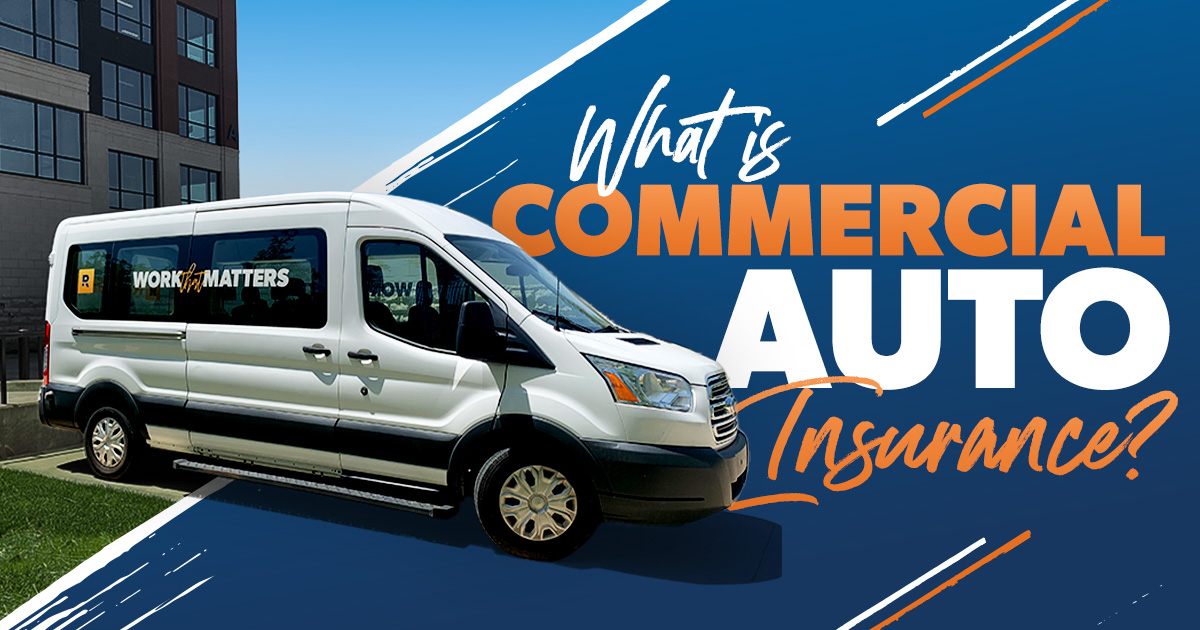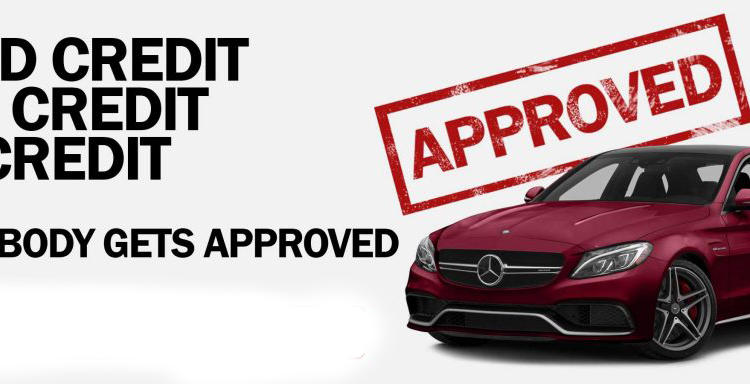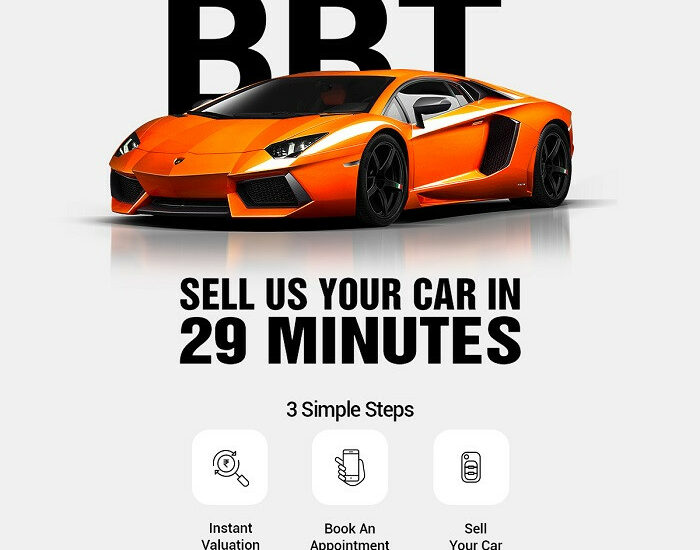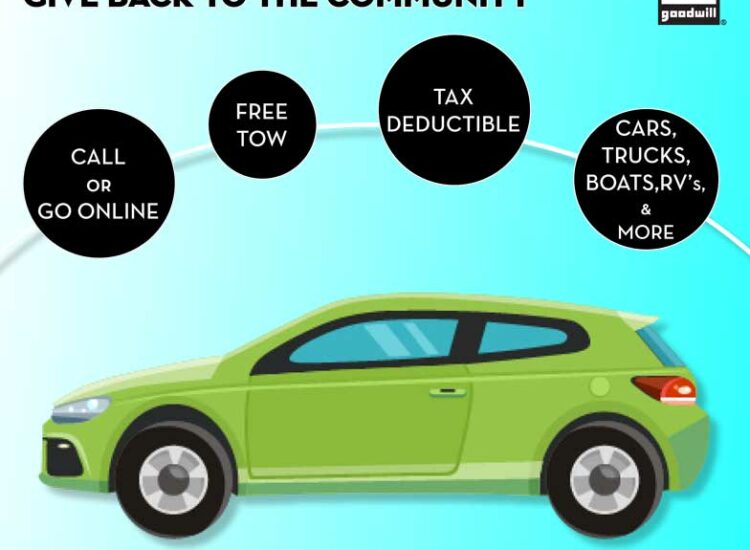Commercial car insurance is a vital aspect of protecting your fleet of vehicles. Your business relies on these vehicles to operate efficiently and generate revenue, so having the right insurance coverage in place is crucial. In this guide, we will provide a comprehensive breakdown of commercial car insurance, including its importance, types of coverage available, costs, and tips for securing the best policy for your business.
Toc
- 1. Introduction to Commercial Car Insurance
- 2. Cost Considerations for Commercial Car Insurance
- 3. Tips for Securing the Best Commercial Car Insurance Policy for Your Business
- 4. Filing a Claim and the Importance of Prompt Reporting – Step-by-Step Guide
- 5. Regulatory and Legal Aspects Small Business Owners Need to Be Aware Of
- 6. Conclusion
Introduction to Commercial Car Insurance

For small business owners, the importance of commercial car insurance cannot be overstated. Whether you’re running a local delivery service, a construction company, or an event planning business, your vehicles are integral to your operations. Ensuring they are adequately protected is crucial for safeguarding your assets, employees, and financial stability. In this article, we’ll explore the importance of commercial car insurance, the types of coverage available, and how to choose the right policy for your business.
Importance of Commercial Car Insurance for Small Businesses
Commercial car insurance plays a vital role in protecting your business from unforeseen incidents. It covers a range of situations, from accidents and theft to liability claims, ensuring your business can continue to operate smoothly even when the unexpected happens. Without proper insurance coverage, your business could face significant financial losses and possibly even legal repercussions. Additionally, having commercial car insurance demonstrates to customers and clients that your business is responsible and takes the necessary precautions to protect its assets.
Types of Coverage Available
Commercial car insurance policies typically include a mix of different types of coverage, depending on the needs of your business. Here are some common types of coverage you may come across when shopping for commercial car insurance:
- Liability Coverage: This type of coverage protects your business from claims made against it in the event of an accident where you or one of your employees is at fault. It covers medical expenses, property damage, and legal fees.
- Collision Coverage: If one of your vehicles is involved in an accident that results in damage, collision coverage will cover the costs of repairs or replacement.
- Comprehensive Coverage: This type of coverage protects against non-collision incidents such as theft, fire, vandalism, and natural disasters.
- Uninsured/Underinsured Motorist Coverage: In the event of an accident with a driver who is at fault but does not have enough insurance to cover the damages, this coverage will protect your business from financial losses.
Cost Considerations for Commercial Car Insurance

The cost of commercial car insurance varies depending on several factors, including the type of vehicles, business operations, and driving history. Generally, larger fleets will have higher premiums than smaller ones as they pose a higher risk for insurance companies.
Cost Structure of Commercial Car Insurance
Understanding the cost structure of commercial car insurance is essential for budgeting and finding the right policy. Premiums are influenced by various factors, including the size of your fleet, the types of vehicles used, and the specific coverage options selected. Larger fleets often face higher premiums due to the increased risk associated with more vehicles on the road. Additionally, the industry in which your business operates can impact costs—higher-risk industries may experience elevated premiums.
Another critical factor is the driving history of your employees. A clean driving record can lead to lower premiums, while any history of accidents or traffic violations can increase costs significantly. Insurers may also offer discounts for various reasons, such as adopting safety measures, enrolling in driver training programs, or bundling policies. Regularly reviewing your policy and market rates can also lead to potential savings, ensuring you are not overpaying for minimum coverage while still adequately protecting your fleet. By understanding the intricacies of your policy’s cost structure, you can make informed decisions to optimise your commercial car insurance coverage.
Factors that may impact the cost include:
- Number and types of vehicles: It’s essential to assess not only the total count of vehicles in operation but also the diversity in types, such as sedans, vans, trucks, and specialized vehicles, to understand their roles and suitability for different tasks.
- Business operations and industry risks: A thorough examination of the specific business operations is crucial, including logistics, delivery methods, and customer interactions. Additionally, identifying potential industry risks, such as market fluctuations and regulatory changes, helps in strategizing effectively.
- Employee driving history: Reviewing the driving history of employees provides insights into their experience and safety records. This includes looking at past incidents, traffic violations, and overall driving behavior to ensure a reliable and responsible workforce.
- Safety measures in place: Evaluating the current safety measures is vital for minimizing risks. This includes training programs, vehicle maintenance routines, usage of safety equipment, and adherence to traffic regulations to foster a culture of safety within the organization.
Tips for Securing the Best Commercial Car Insurance Policy for Your Business

When it comes to commercial car insurance, it’s essential to have a policy that provides sufficient coverage without breaking the bank. Here are some tips to help you secure the best policy for your business:
Assess Your Needs and Risks
Before selecting a commercial car insurance policy, it is crucial to thoroughly assess the specific needs and risks associated with your business. Begin by evaluating the nature of your operations, including the types of vehicles you use, the distances they travel, and the kind of goods or services you deliver. Consider conducting a comprehensive risk assessment to identify potential hazards your vehicles may face, such as high traffic areas, challenging weather conditions, or the type of cargo being transported.
Additionally, engage with your team to understand their roles and driving patterns, which can influence the overall risk exposure of your fleet. By understanding these factors, you can tailor your coverage options to fit your operational requirements, ensuring that you have adequate protection for your business while avoiding unnecessary costs. This proactive approach will enable you to make a more informed decision when choosing an insurance policy that aligns with your business objectives and risk management strategies.
Shop Around for Quotes
Once you have a clear understanding of your needs and risks, the next step is to gather quotes from different insurance providers. It is beneficial to compare multiple policies to find the best coverage options at competitive rates. Be sure to provide each insurer with the same information about your business operations and risk profile to ensure that you are making an accurate comparison. This process may also reveal any discrepancies in pricing or coverage terms that could influence your decision. Additionally, do not hesitate to seek out recommendations or reviews from other business owners in your industry, as they can provide valuable insights into the reliability and customer service of various insurers.
Review the Coverage Options
After receiving quotes, take the time to carefully review the coverage options provided by each policy. Look beyond just the premium cost; consider the limits and exclusions that may apply. Ensure that the policy covers all critical aspects of your commercial operations, such as liability, cargo protection, and roadside assistance. Additionally, examine any optional coverage or endorsements that may offer enhanced protection tailored to your business needs. By taking this holistic approach to reviewing coverage, you can better identify which policy offers the most comprehensive protection for your unique situation.
Consult with an Insurance Agent
If you find the process of selecting a policy overwhelming, consider consulting with an insurance agent who specializes in commercial car insurance. An experienced agent can provide personalized guidance based on your business’s specific circumstances and help you navigate the complexities of different policies. They can also assist in negotiating terms or identifying any potential discounts that might apply, ultimately saving you time and resources. Working with a knowledgeable professional can simplify the decision-making process and ensure that you make the best choice for your business’s insurance needs.
Filing a Claim and the Importance of Prompt Reporting – Step-by-Step Guide

Knowing how to file a claim correctly and promptly is crucial for a smooth experience with your insurance provider.
Report the Incident Immediately
When an accident or incident occurs, it is vital to report the event to your insurance provider as soon as possible. This prompt notification not only helps you establish the timeline of the incident but also initiates the claims process, ensuring that you adhere to any reporting deadlines set within your policy. Gather all relevant information, including the date and time of the incident, details of those involved, and any witness accounts. If safe to do so, take photographs of the scene, vehicle damages, and any other pertinent details that may support your claim.
Fill Out the Claim Form
After reporting the incident, you will need to complete a claim form provided by your insurance company. Be thorough and honest in your responses, as inaccuracies can lead to delays or denial of the claim. Provide all necessary documentation, including the incident report, photographs, and any medical records if applicable. It’s advisable to keep copies of everything submitted for your records.
Follow Up Regularly
Once your claim has been submitted, maintaining communication with your insurance company is important. Regularly check in with the claims adjuster assigned to your case to ensure that your claim is being processed and to address any outstanding questions or documentation needs. Being proactive in your follow-ups can help expedite the process and keep you informed of progress or potential issues.
Be Prepared for a Possible Investigation
Depending on the nature of the incident, your insurance company may conduct an investigation to assess liability and damages. Cooperate fully with their inquiries and provide any information they request. This may include statements from other parties involved, police reports, or additional documentation related to the incident. Understanding that this is a standard procedure can help alleviate any concerns you may have during the claims process.
Review the Resolution and Learn
Once your claim has been resolved, carefully review the outcomes, including any settlements or actions taken by your insurance provider. Take this opportunity to reflect on the incident and identify any lessons learned. Consider whether any changes to your operations, safety protocols, or insurance coverage might be necessary to reduce the risk of future incidents. By doing so, you can enhance the resilience of your commercial fleet and better protect your business moving forward.
Regulatory and Legal Aspects Small Business Owners Need to Be Aware Of

Staying compliant with legal requirements is essential for operating your business smoothly.
State Regulations
Each state has its own set of regulations that small business owners must adhere to, especially when it comes to insurance and commercial vehicle operations. It is crucial to familiarize yourself with specific state laws pertaining to vehicle registration, liability coverage requirements, and any mandatory insurance policies for commercial fleets. Keep in mind that non-compliance can lead to hefty fines or legal issues that could adversely affect your business. Regularly check for updates in state legislation, as changes can occur that may impact your operational requirements. Moreover, consulting with legal professionals or insurance experts can provide clarity on how these regulations may uniquely affect your business model.
Federal Regulations
In addition to state regulations, small business owners in the transportation sector must also comply with federal regulations governing commercial vehicle operations. The Federal Motor Carrier Safety Administration (FMCSA) oversees the safety of commercial vehicles and enforces rules related to driver qualifications, vehicle maintenance, hours of service, and hazardous materials transportation. Familiarizing yourself with these regulations is vital to ensure compliance; violations can result in hefty fines, legal repercussions, and increased scrutiny from regulatory authorities. Small business owners should also keep abreast of any changes to federal laws, as these can impact operational practices and insurance requirements. Engaging with industry associations or legal advisors can be beneficial in navigating this complex regulatory landscape effectively.
Legal Considerations
In addition to adhering to state and federal regulations, small business owners must also consider other legal aspects related to commercial fleet operations. This includes understanding liability for accidents involving company vehicles, proper employee classification and payroll practices, compliance with labor laws, and any contractual obligations or agreements in place. Non-compliance with these legal considerations can lead to costly lawsuits or penalties that may significantly impact your business’s financial stability. Seeking professional guidance from lawyers specializing in transportation law can help mitigate any potential risks and ensure that your business operates within legal boundaries.
Conclusion

In summary, navigating the complexities of insurance claims and regulatory compliance is crucial for small business owners operating commercial fleets. By understanding the steps involved in filing insurance claims, maintaining regular communication with insurance providers, and familiarizing oneself with both state and federal regulations, businesses can significantly mitigate risks and enhance safety standards. As incidents occur, reflecting on lessons learned can pave the way for improved operational practices and resilience against future challenges. Additionally, aligning your business with legal obligations and seeking expert guidance can ensure not only compliance but also a stronger foundation for long-term success. With these measures in place, small business owners can focus more on growth and less on the uncertainties that come with running a commercial fleet.








